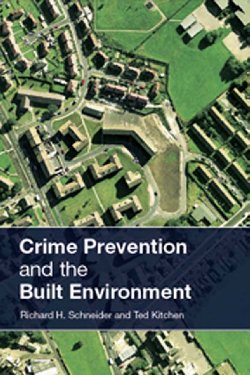Crime Prevention and the Built Environment
By Richard H. Schneider and Ted Kitchen
Both planning and crime affect the quality of life and the sustainability of cities, nations and lives. Worldwide interest is at an all-time high in the role that planning processes and the design of the physical environment can play in reducing the opportunity for crime, the fear of crime and the risk of terrorism. In seeking to advance the field of crime prevention planning, this book builds upon established theory and incorporates original research on the evolving relationships between planning systems, police and citizens. Surveying classical place-based crime prevention as well as concepts such as space syntax and new urbanism, it provides an international perspective on these issues and takes a look at the ways in which terrorism and technology affect placebased crime prevention. It also seeks to investigate the connection between crime prevention and development planning at a policy level, looking at the bureaucratic and administrative hurdles to cooperative action. For professionals, students and researchers working in planning, design and criminology, the need to respond effectively to these problems represents a huge challenge. By linking theory, evidence and practical application, this book seeks to bridge gaps within and across these areas. The second book produced by this transatlantic writing partnership, Crime Prevention and the Built Environment provides a comprehensive analysis of some of the most important issues affecting quality of life in urban areas across the world.
Abingdon, Oxon; UK: New York: Routledge, 2007. 296p.


